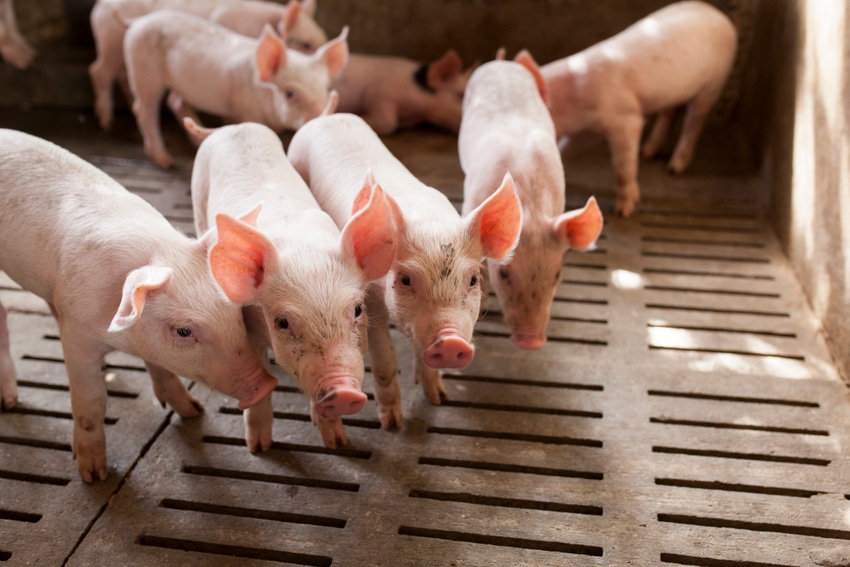USDA sends mixed messages on ASF action plan
Agency representatives speaking at two swine industry events leave pork industry confused and concerned.

The messages coming out of the U.S. Department of Agriculture related to African swine fever (ASF) have the pork industry a bit confused and, in some cases, concerned.
Speaking at the National Pork Industry Forum on March 6, U.S. Department of Agriculture undersecretary for marketing and regulatory programs Greg Ibach announced an ASF action plan in the event that the swine-only disease is detected in the U.S.
During the American Association of Swine Veterinarians (AASV) meeting Monday in Atlanta, Ga., Dr. Jack Shere, associate administrator in charge of emergency planning and response for USDA's Animal & Plant Health Inspection Service, had a slightly different message that left the industry wondering what the agency's actual plan is.
“First and foremost, USDA is committed to doing all it can to prevent ASF from entering the U.S., and we greatly appreciate the pork industry's vigilance and partnership in this successful effort thus far,” Ibach said during the forum. “However, the additional measures I am announcing today will strengthen our ability to quickly and effectively respond to the disease if detected here at home.”
Ibach said USDA is prepared to implement the following measures to help ensure an immediate and effective response if ASF is detected in the U.S.:
The agriculture secretary would immediately take necessary steps to declare an “extraordinary emergency” establishing USDA as the leader of a coordinated national approach to control and eradication and ensuring the availability of funding and additional resources necessary for the response.
USDA would issue a national standstill of at least 72 hours to prohibit all movement of swine, increasing USDA's ability to stop disease spread and to act quickly to restore movement on a regionalized basis.
For the depopulation of infected and exposed animals, USDA would work with states and the industry to utilize the most efficient and effective depopulation methods approved by the American Veterinary Medical Assn. that are appropriate for the affected premises.
To prevent the ASF virus from leaving infected premises, USDA will work proactively with the industry and states to ensure that producers have herd plans to deal with carcass disposal in line with regional and local requirements, supporting composting and burial in place as preferred options.
To reduce paperwork, USDA also plans to pay for virus elimination at a uniform, flat rate based on the size of the affected premises.
In regard to the extraordinary emergency declaration specifically, Shere said March 9 at AASV his recommendation would be that, depending on the extent of the situation, the shutdown perhaps should be more focused instead of across the board.
Since the doors to world trade would immediately be shut with any finding of ASF in U.S., no matter the scale, some believe a national standstill of at least 72 hours would be the best way to provide trading partners with the reassurances they are likely going to require. The standstill also would allow the industry to better understand exactly what it is dealing with.
Under an extraordinary emergency declaration, Shere said USDA would take control of all interstate and intrastate movement of pigs. States would be allowed to enforce stricter requirements but not back down the federal rules/requirements, he said. He also noted that it is highly likely that the federal government will need to utilize the resources of not only state veterinarians but local veterinarians as well as company veterinarians. “We simply don't have enough folks,” he said.
As for indemnity payments, Shere said 50% would be the starting point, but it is likely that the agency would try to get that to 100%.
Testing has been another topic of discussion, with the industry asking for further development of oral fluid tests. During the session at AASV, industry representatives asked Shere how it could assist with the research needed in oral fluid testing.
Shere said the agency wants to work with the industry and state veterinarians to develop solid response plans. “We have to have continuity with how we proceed. We'll do what makes sense,” he said.
About the Author(s)
You May Also Like



